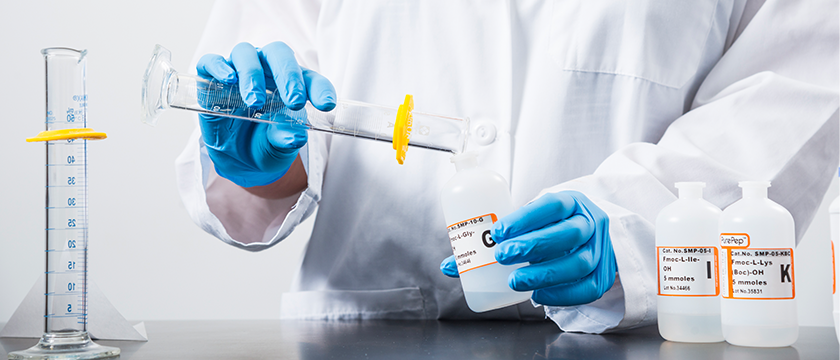Expanding bio-functionality of peptide-based polyelectrolyte complexes through changes in chirality

In the search for ways to handle soft materials at the nano-level, Polyelectrolyte Complexes (PECs) offer a lot of promise. They self-assemble and their enormous diversity of structure and chemical composition enable functionality to be fine-tuned. The biocompatibility and biodegradability of peptide polymer PECs means they are particularly useful in such as food additive encapsulation, micellar drug delivery, and scaffolding cell growth for tissue engineering. The physical properties of peptide polymer PECs can be modulated based on many factors. Naomi Pacalin, Lorraine Leon, and Matthew Tirrell at the University of Chicago, USA, have shown that changing the chirality of peptide polymer PECs alters the strength of polymer chain interactions, allowing chirality to be used to tailor polymers to have the precise properties needed for a particular application (Eur. Phys. J. Spec. Top., 2016, 225:1805).
We asked the authors about their experience with the PS3 Automated Solid Phase Peptide Synthesizer in their work on peptide polymer PECs:
“In this paper, we made eighteen different peptides, which would have been extremely time consuming to do by hand. The PS3 certainly helped speed up the production of all our different products by allowing us to quickly and easily set up our synthesis reagents and run from start to finish while doing other experiments,” stated Naomi Pacalin who has since left the University of Chicago and will be starting graduate school at Stanford University in Bioengineering.